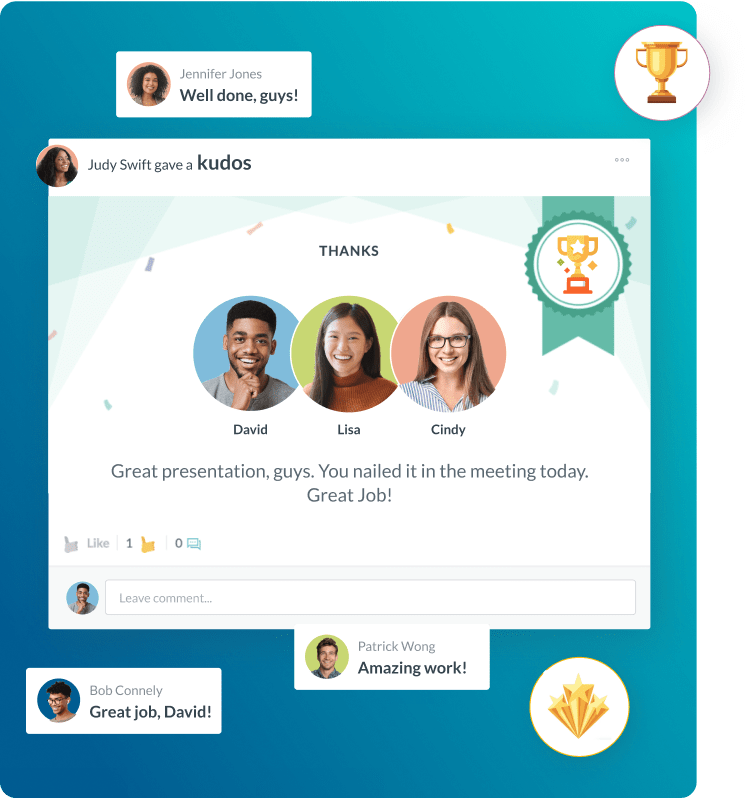Full-Time Employee
- Key Considerations for Managing Full-Time Staffing
- Full-Time vs. Part-Time Employee Status Comparison
- Best Practices for Managing Full-Time Hours and Status
- Pitfalls to Avoid in Full-Time Employee Management
- Industry Applications of Full-Time Status Management
- Implementation Plan: Applying Full-Time Status Management
- Future Outlook and Trends for the Full-Time Job
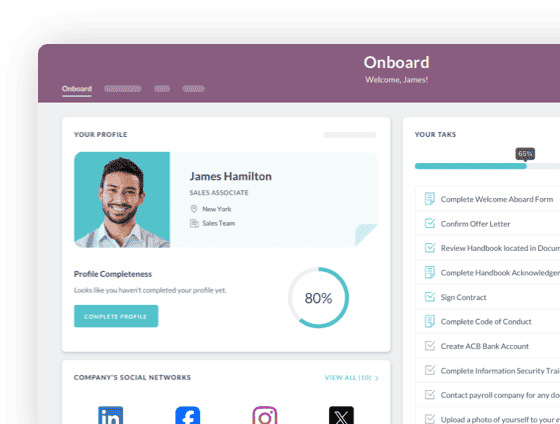
 Cut onboarding time
by 60%—here's the
Ultimate Checklist
that helped do it.
Cut onboarding time
by 60%—here's the
Ultimate Checklist
that helped do it.
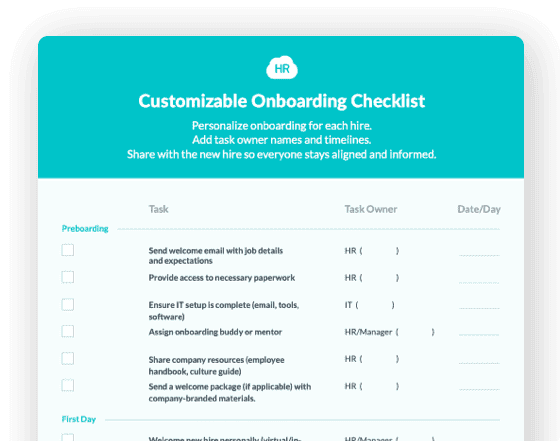
What is Full-Time Employee Status? Definition and Business Relevance
Full-time status usually means a worker meets the company's set number of regular work hours. This status makes them able to get all company benefits. These include health insurance, paid time off, and retirement plans. Most people think a full-time role is 40 hours per week. But the exact legal rule can change. It depends on state law, company policy, and federal rules like the Affordable Care Act (ACA).
It is very important for a business to correctly define and track employee hours. Bad classification or poor hour management can cause big fines. It can also lead to costly lawsuits and major payroll mistakes. A good full-time benefits package is a key tool to get talent. It helps you simplify recruiting and onboarding high-quality staff.
Key Considerations for Managing Full-Time Staffing
Managing a full-time workforce well requires a focus on legal adherence, financial planning, and consistent operations. These main ideas should guide your strategic look.
Legal Compliance is Non-Negotiable:
You must follow federal, state, and local laws. These laws set the minimum hours for benefits like health coverage. The federal ACA guidelines for full-time employment define a full-time employee. This means a worker works 30 or more hours per week. Or, they work 130 hours per month. This is for the purpose of offering health coverage.
Benefits Impact Operational Costs:
Full-time staff get benefits paid for by the employer. This greatly raises the total cost of labor beyond salary. Accurate budgeting needs a clear idea of these costs. They are tied to the defined work week. So, integrating financial and HR data is crucial. This shows the value of centralizing HR and payroll data.
Consistent Policy Application is Essential:
Businesses must clearly write down their full-time definition. Put it in official papers, like an employee handbook. Apply this rule the same way across the company. This lowers the risk of claims about unfair treatment.
Accurate Time Tracking is the Foundation:
Every business needs a good system to record time worked. This record is the main proof used to decide full-time status. It also helps manage overtime and meet various rules. You can do this easily with simple employee time and attendance software.
Fair Labor Standards Act (FLSA) Considerations:
Employers must be careful how work time affects overtime rules. The Fair Labor Standards Act (FLSA) says non-exempt employees must get overtime pay. This is for any hours worked over 40 in one workweek. Careful management of these work hours stops costly wage and hour law breaking.
Full-Time vs. Part-Time Employee Status Comparison
It is key to know the difference between a full-time and a part-time employee. This is important for compliance, cost control, and the overall employee experience. The main difference is often the regular hours worked. This leads to different rights for company benefits.
|
Feature |
Full-Time Employee Status |
Part-Time Employee Status |
|
Typical Hours Worked (Company Policy) |
32 to 40 hours per week or more. |
Usually under 30 hours per week. |
|
Federal Health Care Requirement (ACA) |
Must be offered affordable health coverage if 30+ hours/week. |
Generally not required to be offered health coverage. |
|
Employer-Sponsored Benefits |
Eligible for all benefits: health, dental, vision, life insurance, retirement. |
Eligibility often limited to required rules (e.g., social security). Sometimes includes paid sick leave depending on location. |
|
Overtime Eligibility (FLSA) |
Non-exempt staff are eligible for overtime after 40 hours. |
Non-exempt staff are eligible for overtime after 40 hours. |
|
Strategic Business Value |
Higher commitment and stability. Focus on keeping staff and building skills. |
Greater scheduling flexibility and lower fixed labor costs. |
Best Practices for Managing Full-Time Hours and Status
To handle the full-time workforce well, businesses should use smart steps. These mix technology, communication, and legal care.
Formalize the Full-Time Definition:
Write the exact hour number for full-time status. Put it in the employee handbook and work contracts. Be clear how you figure the hours. This is vital for ACA compliance checks. Make sure staff can find this policy through an employee self service portal.
Implement Robust Time Tracking Technology:
Use automated systems. This includes simple employee time and attendance software. This records all hours worked. It stops human mistakes. It also gives a trail for audits. This is a must when managing employee records.
Conduct Regular Status Audits:
Check the hours worked by staff called part-time. Make sure they have not crossed the line into full-time status by mistake. This is key for benefits eligibility. It helps stop misclassification issues.
Integrate HR and Payroll Systems:
Your HR Information System (HRIS) must work with payroll and benefits administration. This link lets you count hours and decide benefits eligibility automatically. This is key for managing benefits enrollment.
Train Managers on Wage and Hour Laws:
Front line managers must know what counts as work time. They need to know the rules for meal and rest breaks. They also need to know the FLSA's effects on non-exempt full-time staff. This stops unapproved overtime.
Prioritize Communication on Benefits:
Tell all full-time employees clearly what benefits they get. Explain the sign-up process. Show how their work hours make them eligible. This openness helps improve research on employee engagement and retention.
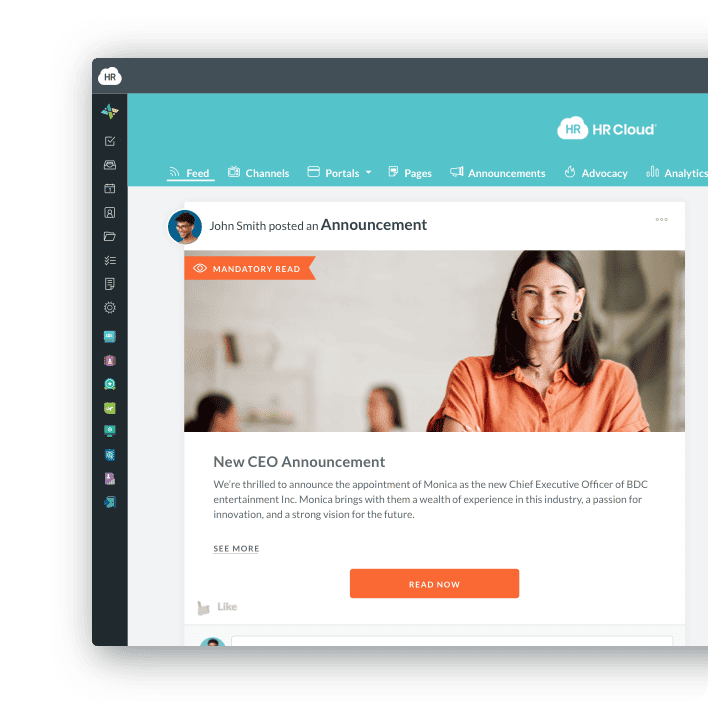
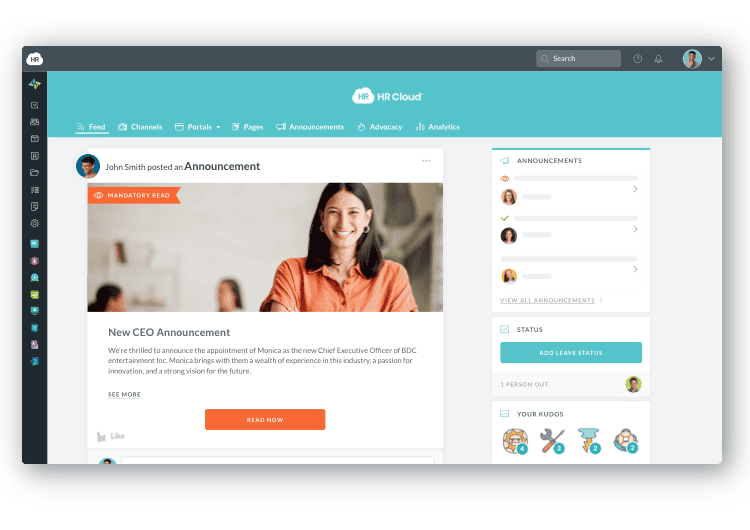
Pitfalls to Avoid in Full-Time Employee Management
Leaders must know about common errors. These mistakes can hurt compliance efforts and staff morale. They can also put the company at legal risk.
Miscalculating ACA Eligibility:
You must correctly track hours over the 12-month Standard Measurement Period (SMP). If you fail to offer coverage to a worker who should get it, the company faces big penalties.
Ignoring the "Work Done Off the Clock":
Do not let or encourage non-exempt staff to work unpaid hours outside their schedule. This breaks wage laws. You must pay for any work done, even if you did not approve it.
Inconsistent Application of Policy:
Do not define full-time status differently for different teams. This can lead to claims of discrimination. Consistency is key.
Failing to Maintain Accurate Records:
Using paper or old ways to track time makes it hard to fight wage and hour claims. Compliance starts with strong, auditable employee records.
Poor Benefits Communication:
Do not assume employees know their benefits options. Or that they know the deadlines for signing up. This causes confusion. It lowers the value of the full-time role.
Industry Applications of Full-Time Status Management
Managing full-time status creates different issues across sectors. This is mostly due to varying work schedules and labor laws.
Healthcare Industry
In healthcare, a full time job often means shifts. It mixes complex legal rules with patient care needs. Hospitals must manage nurses and staff on different schedules. This includes nights and weekends. The main goal here is scheduling. It must ensure proper patient care without too much overtime. The focus is on using simple employee time and attendance software to track hours across different areas. They must also strictly watch the 30-hour ACA line. This includes per diem workers who start regular schedules.
Retail and Hospitality
These fields have big seasonal changes. They rely a lot on workers with variable hours. Managers face a hard balance here. They must meet demand with scheduling. But they must avoid giving part-time workers full-time status and benefits by mistake. This needs constant tracking of actual hours worked. An employee self service portal can help. Automated alerts can tell managers when a worker nears the full-time limit. Accurate tracking is key for following rules and keeping costs competitive.
Technology and Professional Services
A full time job is usually 40 hours here. But the issue is managing exempt versus non-exempt workers. Many roles are salaried and do not get overtime. But companies must be sure they pass the FLSA's "duties" test. For non-exempt roles, like help desk staff, the focus is on robust centralizing HR and payroll data. This ensures all hours are logged. It also ensures overtime is paid correctly. This is true even if staff work remotely or have flexible hours.
Implementation Plan: Applying Full-Time Status Management
To start a complete, modern plan for full-time status, you need clear steps.
Phase 1: Policy and Technology Audit
Review the Legal Landscape: Check current rules for the full-time tag. Include ACA and FLSA rules.
Define and Document Internal Policy: Set a clear, constant definition for a full time job (e.g., 35 hours per week). Write it in a formal handbook.
Audit Current Systems: Check your time tracking, payroll, and benefits systems. Find where data is split and needs centralizing HR and payroll data.
Phase 2: System Integration and Rollout
Implement Integrated HR Tech: Get and use an integrated HRIS. It should combine simple employee time and attendance software with payroll and benefits tools.
Establish Data Integrity Protocols: Set up automatic data flow. This links tracked hours to eligibility and payroll. This ensures correct pay and benefits decisions. This is key for managing employee records.
Pilot the Time Tracking: Try the new system in one department first. This helps fix any process problems before a full company launch.
Phase 3: Communication and Training
Train Managers: Give required training to all managers. Cover the legal rules for full-time work and overtime. Teach them how to use the new tracking system to check employee work hours.
Communicate with Employees: Use the employee self service portal to tell workers the new full-time rules. Tell them about updated time-tracking. Share any changes to benefits eligibility.
Standardize Onboarding: Put the clear definition of the full-time role into the first steps when you simplify recruiting and onboarding new staff.
Phase 4: Monitoring and Maintenance
Set Up Compliance Alerts: Set the HRIS to warn managers automatically. It should alert them when a part-time worker gets near the full-time hour limit. This allows for quick schedule changes.
Conduct Annual Reviews: Check your internal full-time rule once a year. Compare it to current industry and rule changes. This keeps you compliant. It also keeps your benefits competitive. This helps with research on employee engagement and retention.
Future Outlook and Trends for the Full-Time Job
The old rule for a full time job is changing. It is being shaped by trends like flexible work and the gig economy. Leaders must get ready for a future where status is less about a fixed 9-to-5 schedule. It will be more about a worker's commitment and role.
More fully remote and hybrid work already makes the idea of "hours worked" harder. The focus is moving to "output and results." Legal rules for benefits still tie to hours. But companies more often define full-time status by scope of responsibility. They focus on meeting goals. They track less by simple clock-in, clock-out. The future favors more flexibility. A full-time worker might do 35 hours one week and 45 the next. The key is that the average and the required output are met.
For the future, decision makers should:
Focus on Total Rewards:
Make full-time roles future-proof. Stress the total rewards. These include training, flexible schedules, and a strong company culture. These can be more valuable than just the benefits package.
Leverage Predictive Analytics:
Use advanced HR data. This helps guess workforce needs. It helps manage part-time staff hours before they cause issues.
Re-evaluate the Standard Work Week:
The 40-hour week is a long-time standard. But more companies will try shorter work weeks or four-day work weeks. They will keep full pay and benefits. This will force businesses to change how they define and manage the full-time job. The importance of a great company culture and strong employee engagement will continue to grow.
Keep Reading
45 Boss Day Messages That Actually Mean Something (2026 Guide)
When is Boss Day 2026? Mark your calendar for October 16, 2026 — the annual opportunity
Birthday Wishes for Coworkers: 50+ Messages That Build Workplace Connection
A coworker's birthday isn't just another calendar date—it's a meaningful opportunity to
Embracing Diversity: Recognizing Different Cultures in the Workplace
Workplaces today reflect the incredible diversity of the world around us. People bring
Ready to streamline your onboarding process?
Book a demo today and see how HR Cloud can help you create an exceptional experience for your new employees.






